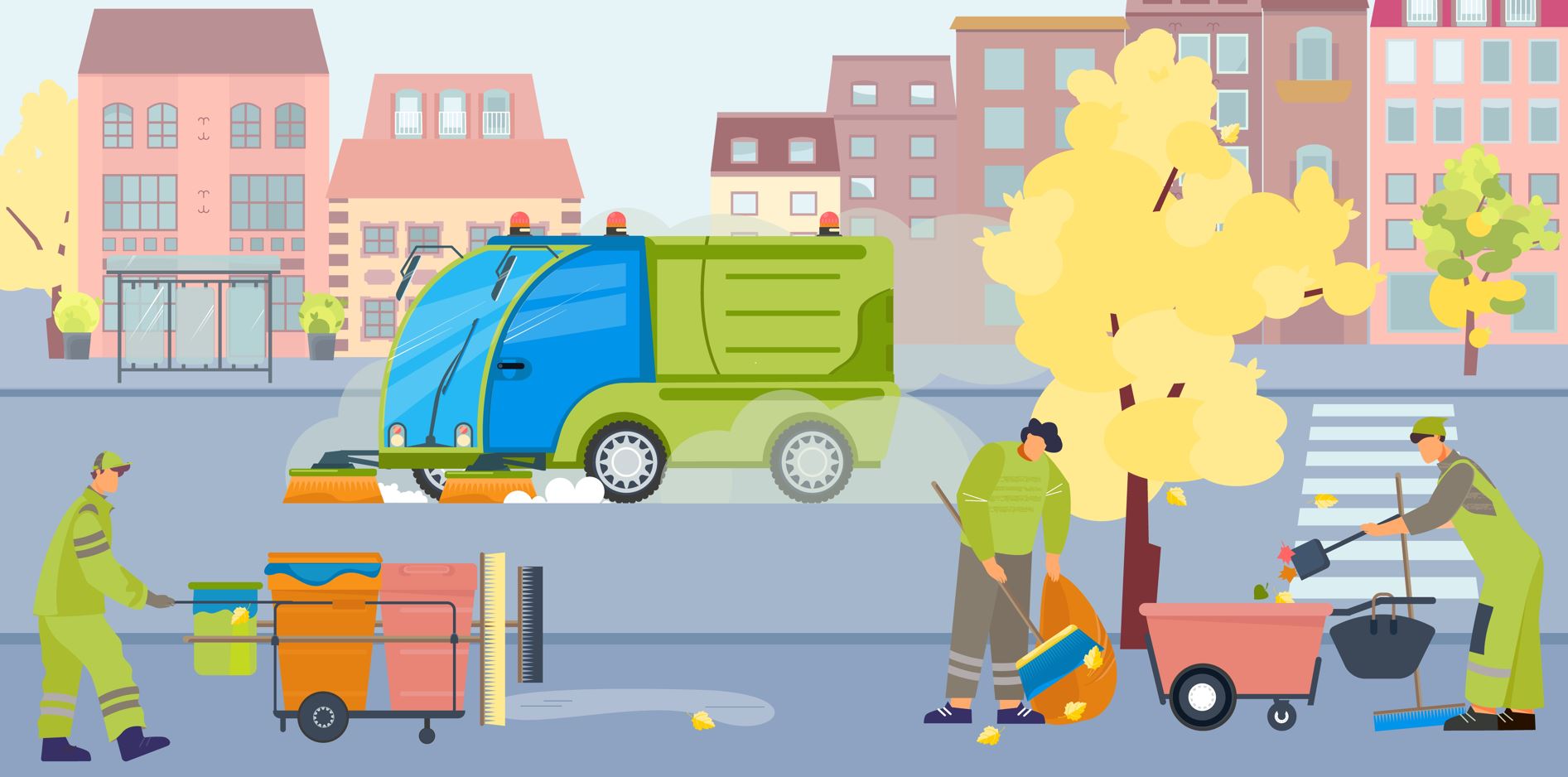
Street Sweeping Program
Overview
The City of Sammamish’s Street Sweeping Program helps protect water quality, reduce urban flooding, and maintain the integrity of our streets and stormwater infrastructure. Street sweeping is a key requirement under the City’s Stormwater Permit with the Department of Ecology, the National Pollutant Discharge Elimination System (NPDES) Phase II Municipal Stormwater Permit, and is included in the City’s annually updated Stormwater Management Program Plan.
Street sweeping regularly removes leaves, sediment, and debris from streets, and reduces the amount pollutants from washing into storm drains and local waterways—like 6PPDQ. 6PPD is a chemical that prevents automotive tires from degrading (i.e., breaking down) and helps them last longer. When 6PPD is exposed to air, it reacts with ozone to create 6PPD-quinone (also known as 6PPDQ). 6PPDQ is lethal to coho salmon and can contaminate water systems.
Learn about our new Street Sweeper!
The City’s Street Sweeper is set to arrive at the end of September. The new sweeper will enhance our existing operations and assist City crews with spill response. Thank you to our funding partner, Department of Ecology, that helped the City purchase the sweeper.
Street Sweeping Operations
-
Coverage: ~60 miles of arterial roadways and ~220 miles of local access roads.
-
Priority Areas: Arterials are swept more often due to higher traffic and pollutant levels; neighborhood streets are swept less frequently due to lower traffic and physical obstructions such as parked cars and vegetation.
-
Seasonal Schedule: More frequent sweeping in fall and winter to manage leaf drop and storm debris.
-
Equipment: Rear broom and air vacuum sweepers. Collected material is taken to a designated yard before disposal at a landfill.
-
Monitoring: Pollutant load reductions (e.g., phosphorus, nitrogen) are estimated using established calculation tools.
-
Street Sweeping Schedule: The City sweeps public streets on a regular basis; however, schedules and priorities may shift depending on severe weather conditions, traffic incidents or construction, or emergencies. See the schedule on the webpage here: Street Sweeping Schedule
2025/2026 Program Enhancements
Once our new Street Sweeper arrives, our Street Sweeping Program will be expanded and the City’s Enhanced Maintenance Plan will be implemented. The Plan adds services to high-traffic corridors and leaf-heavy canopy areas.
This proactive approach will help:
-
Meet and exceed National Pollutant Discharge Elimination System (NPDES) permit requirements
-
Protect water quality and wildlife habitat
-
Improve the cleanliness and appearance of City streets
-
Assist City crews with spill response
